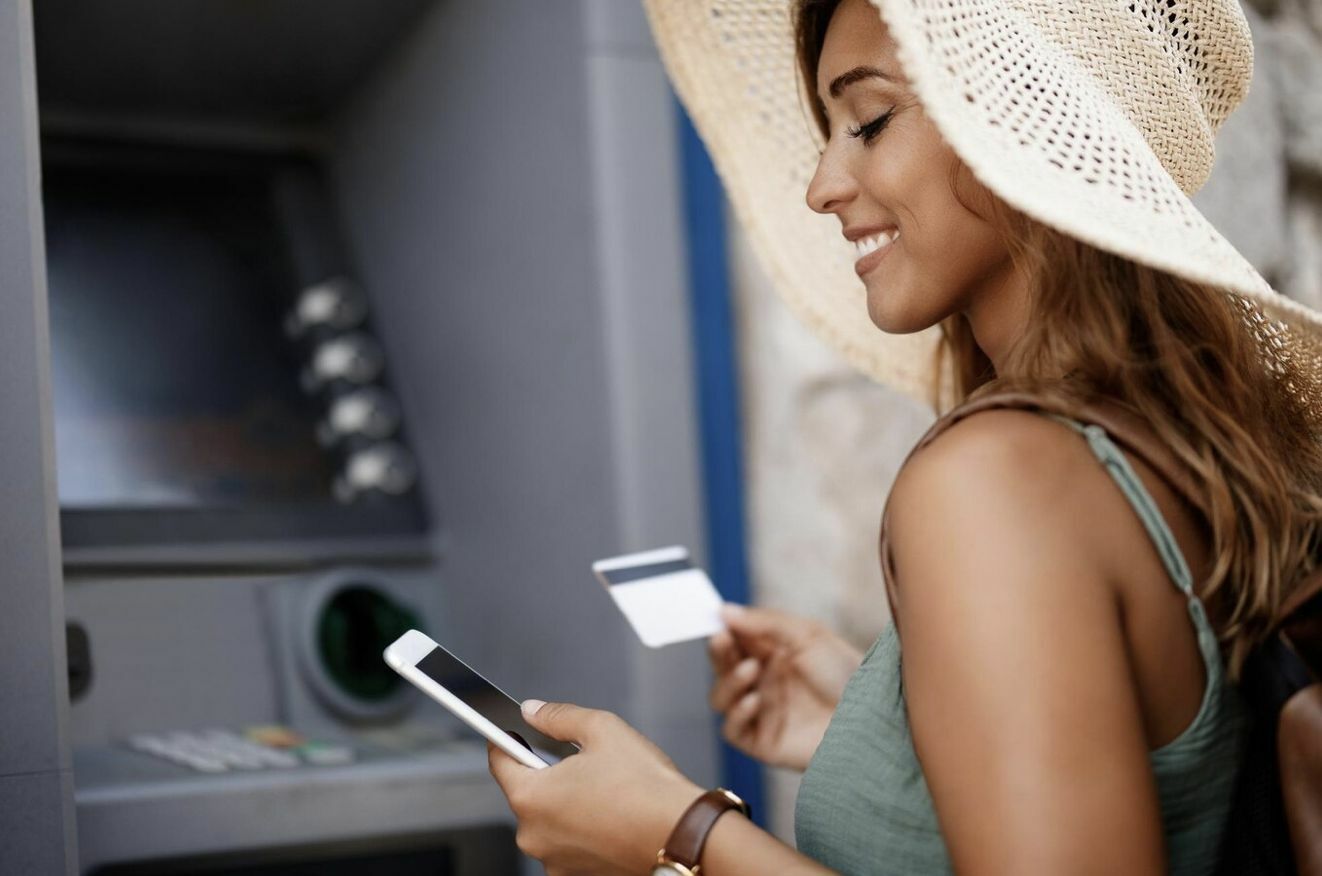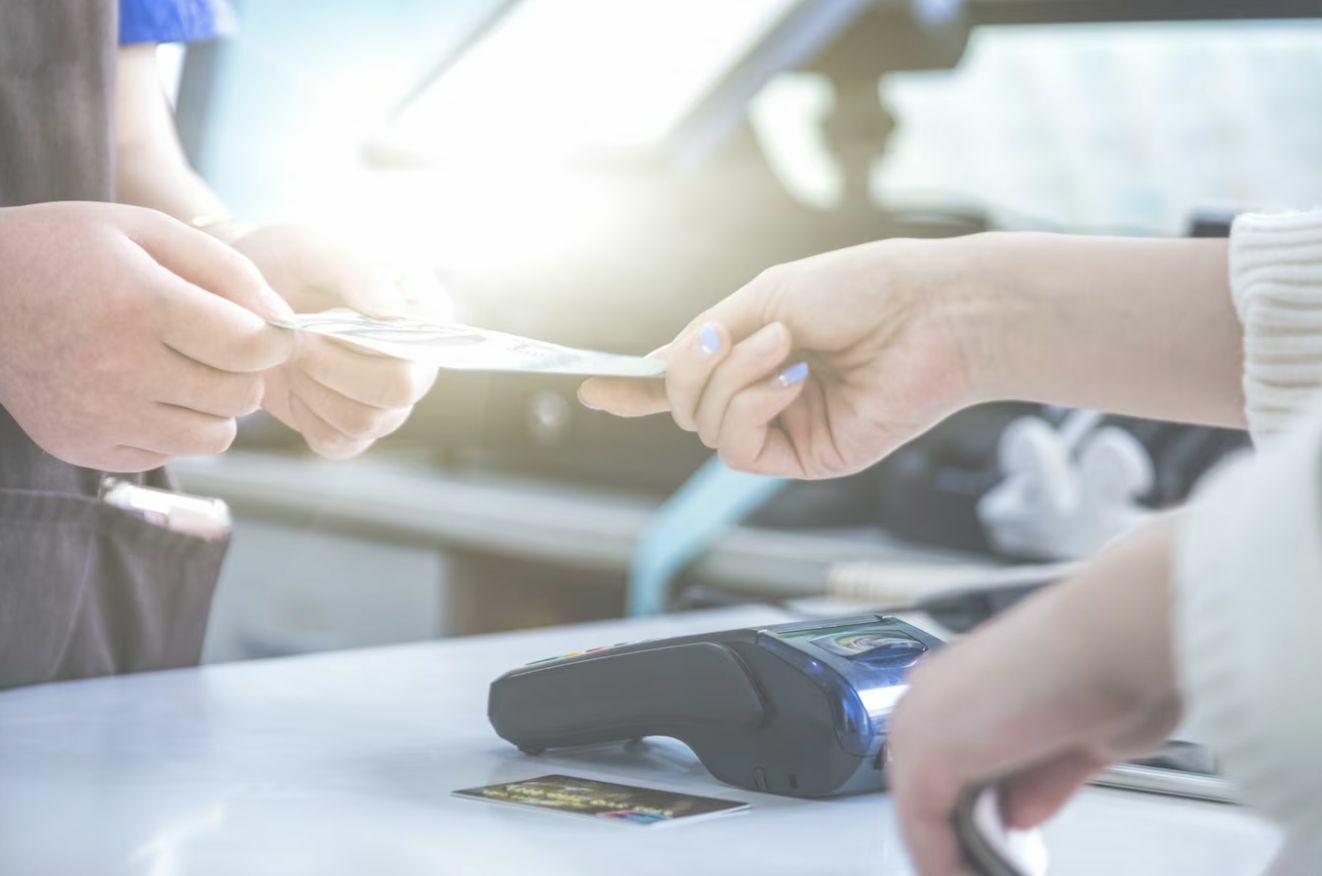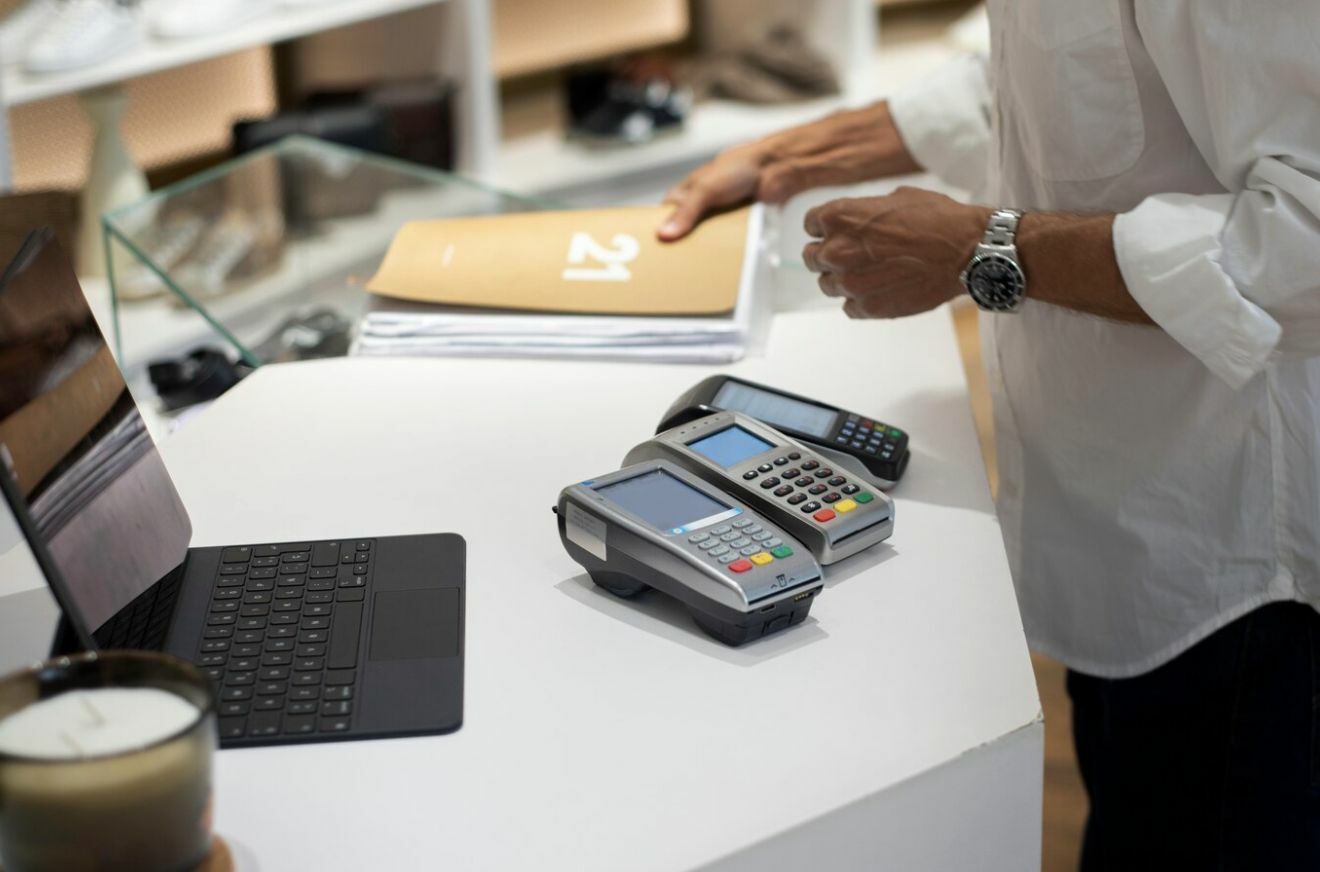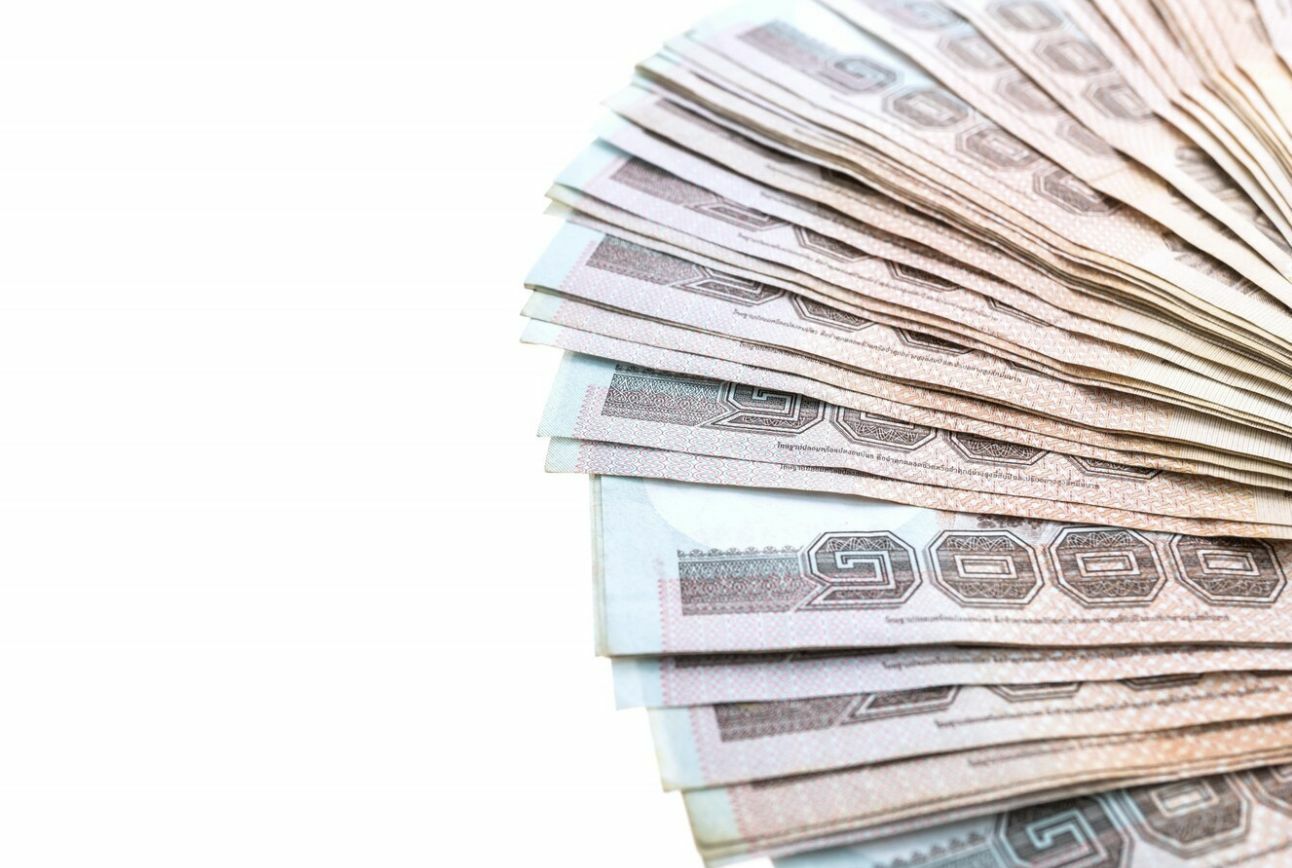Opening a bank account as a foreigner in Thailand: A guide

Thailand, with its natural beauty and urban convenience, is a magnet for people from all across the globe. If you’re one of them, you’ll need to open a local bank account to handle your finances. Whether you’re in the country to work, retire, or study, having a local bank account offers a range of advantages. It simplifies the process of sending and receiving money from abroad, allows you to pay bills online and make purchases with a debit card, and helps you avoid excessive bank and ATM fees. Plus, you can use it to make wire transfers, which is a common payment option among locals.
So, how can you open a bank account in Thailand as a foreigner? What documents should you prepare? Read on to find out the answers!
Who can open a bank account in Thailand?

Anyone who holds a visa exemption stamp, short-stay visa, or non-immigrant visa/extension of stay can open a bank account in Thailand.
If you’ve been researching how to open a bank account in Thailand, you may have heard some people say it can be difficult. However, that’s not always the case. Some Thai banks are cautious when dealing with foreign customers, not because they don’t want your business, but because there are extra rules and paperwork for non-Thais. Language might also be a challenge if the bank staff doesn’t speak English well. If you’re a U.S. citizen, it could be a bit more complicated because the U.S. government requires overseas assets to be reported. However, as long as you have the necessary documents, you should be able to open a bank account in Thailand.
Can you open a bank account without a work permit?
Yes, it’s possible to open a bank account without a work permit. Interestingly, some bank branches are even lenient enough to allow tourists on short-stay visas to set up bank accounts. Naturally, the process might be more challenging than for those holding work permits and residing long-term, and it comes with its own set of regulations. For example, you may need to have a letter from your embassy and you’ll usually only be allowed to open a savings account.
Bangkok Bank and CIMB are known to be the best options for foreigners who want to open a bank account with a tourist visa and without a work permit. Moreover, you’re more likely to find a branch that accepts tourist visas in cities with a huge expat population, such as Bangkok, Phuket, Chiang Mai, and Pattaya.
Certain visas may give you more advantage in opening a bank account without a work permit. The Thailand Elite Visa, for instance, lets you open a fixed deposit account and get a credit card with Bangkok Bank.
What documents do you need to prepare to open a bank account in Thailand?

In general, you’ll need your passport, valid visa, and proof of residence in Thailand, such as lease agreements, house registration, or a Thai driver’s license.
Some banks may also ask you to provide the following documents:
- Proof of your purpose of living in Thailand, such as a work permit for employment or enrollment letter for students.
- Additional evidence of residence, which may include utility bills or communication between your home bank and the Thai bank via the SWIFT messaging network.
- Proof of address in your home country (in some cases).
- Additional documents to demonstrate financial stability or commitment to Thailand, like photo IDs, salary or pension verification, or reference letters from reputable individuals or organizations.
Keep in mind that the specific documents can vary depending on the bank, the type of account you want to open, and your status in Thailand. In fact, the documents may also vary among bank branches and staff. Therefore, it’s best to have a direct conversation with a bank representative to get a personalized document checklist.
Bangkok Bank offers detailed online instructions for non-residents opening an account, which can be a useful resource regardless of the bank you choose.
What’s the process of opening a bank account in Thailand like?
Once you’ve gathered all the necessary documents, the steps are pretty much like the following:
- Step 1: Visit a bank branch of your choosing. Our tip is to choose a branch in a foreigner-friendly area for more efficient communication.
- Step 2: Inform the bank officer that you wish to open a bank account. They’ll guide you through the forms you need to fill out.
- Step 3: Submit your documents. It’s recommended to bring original documents, along with photocopies for the bank to keep.
- Step 4: Deposit an initial amount (more on this below). The amount you need to deposit will depend on the type of account you’re opening.
- Step 6: Collect your bank passbook and debit card (if you open a savings account), which will be issued to you on the spot.
What types of bank accounts are available in Thailand?

There are a number of different accounts that foreigners can open in Thailand. Some of the most common are:
Savings accounts
A savings account is the most common type of bank account in Thailand. Generally, this type of account doesn’t require a Thai work permit and is the easiest to open for foreigners. It gives you a debit card to use at ATMs and a passbook, which records your transactions.
In most cases, a savings account is the only thing you’ll need in Thailand.
Current accounts
Also known as a checking account, a current account is similar to a savings account. It works the same way and gives you a debit card that you can use at ATMs. The only difference is that you’ll get a chequebook instead of a passbook.
You need to have a work permit to open a current account.
Fixed term accounts
Fixed-term accounts, where money is deposited for a set period, usually provide a higher interest rate compared to regular savings accounts. However, the rates often differ between local Thai citizens and foreigners. In many Thai banks, foreigners may face a lower rate on their fixed-term accounts. One of the only ways you can secure the same rate as local Thais is to have a residence permit.
What are the costs and fees of banking in Thailand?

When considering banking in Thailand, it’s important to be aware of the various costs and fees associated with maintaining an account.
Minimum deposit and balance
Banks in Thailand have varying minimum deposit and balance requirements. Typically, for a savings account, the minimum deposit ranges from 500 THB to 1000 THB. Moreover, maintaining a minimum balance in your account is often necessary to avoid maintenance fees. This required minimum balance can range from 500 THB to 5000 THB at the end of the month, depending on the specific bank. Falling below this balance requirement may result in a monthly service fee of around 100 THB.
ATM and conversion fees
When you use an ATM in Thailand, you usually won’t be charged if it belongs to your own bank. But if you use an ATM from a different bank, there might be a fee. Moreover, when you use your card for transactions in a foreign country, there are typically two fees to watch out for a withdrawal fee and a foreign transaction fee, which is usually around 2.5% of the total amount. If you withdraw money from a foreign bank account, you may also have to pay currency conversion fees. To keep your expenses in check, it’s a good idea to ask your bank about these charges.
International transfer fees
Once you’ve opened a bank account in Thailand, you can start making international transfers. However, it’s worth noting that it often incurs fees, and can vary from one bank to another. Most banks usually impose both a commission fee and what they may call a communication expense fee, often referred to as a cable charge.
These charges are somewhat inevitable when using banks for international transfers. If you frequently transfer money internationally, it’s a good idea to research which banks offer the most competitive rates. Alternatively, you can consider non-bank providers that specialize in cost-effective cross-currency transactions.
Other fees and charges
When it comes to opening a standard savings account in Thailand, the good news is that, apart from meeting the minimum deposit requirements, the banks typically don’t impose any fees. However, it’s essential to be aware that there might be some costs associated with preparing the required documents to open an account.
For instance, if you plan to have a debit card, there’s usually a fee for the card itself as well as an annual fee. The cost of a basic visa debit card typically ranges from 100 THB to 300 THB, with an annual fee of 300 THB to 500 THB.
Additionally, all banks have common fees, including charges for account cancellation, card replacement, and annual fees. You’ll find this information in the terms and conditions when opening an account, or you can ask your bank teller to explain these fees before you register.
What you need to know about banking in Thailand

Things can vary from branch to branch
When it comes to opening a bank account in Thailand, it’s important to note that individual bank branches operate autonomously and their policies can vary considerably. Not all branches may have the same welcoming approach to foreigners, and the experience can differ from one branch to another. The documents needed and service quality can also vary. Moreover, certain tasks are restricted to the branch where you initially opened your account, while others can be completed at any branch.
The English proficiency level of the staff could contribute to these differences. Branches in expat and tourist-heavy areas generally have staff with a better grasp of English, while those in less touristy areas may not have as many English-speaking staff. This doesn’t mean that branches with less English-speaking staff will automatically deny you though. It’s just that based on many people’s experience, the process can be a bit trickier.
So the takeaway is this: your experience with one branch isn’t necessarily reflective of the banking scene as a whole in Thailand.
Online and mobile banking
Many Thai banks offer online banking, typically requiring a password and a one-time passcode sent via SMS. However, individuals on tourist visas may not always have access to online banking. Online banking offers essential functions like online shopping payments, utility bill management, and investment control. Some banks even allow you to handle certain transactions online, reducing the need for in-person visits. However, with the rise of more user-friendly payment methods like mobile banking and e-wallets, traditional online banking for personal accounts is not as popular.
Mobile banking provides faster and simpler bank transfers. To access mobile banking, you’ll need a Thai bank account and the bank’s app. It’s widely accepted across Thailand, including at certain street food vendors. With mobile banking, you can leave your physical debit or ATM card at home, as you can withdraw money, transfer funds, and pay bills directly from your mobile device. Most retail stores and restaurants have QR codes for convenient payments, and almost all banks offer a mobile app. Mobile banking is also integrated with PromptPay, allowing you to send or receive money using your mobile phone number, simplifying transactions further.
Certain banking needs can only be done in a branch
While most banks do provide online banking and apps, it’s important to note that the functionality of these digital tools can be limited. Surprisingly, a significant portion of your banking needs, including opening an account and often more advanced transactions, may require a visit to a physical branch.
Debit cards for online payments
You’ll typically receive a debit card when you open a bank account in Thailand. You can use the card for online payments, such as for online shopping. However, while the card works well within the country, you may need to contact your bank and request that they enable international payments. This step is necessary if you plan to use your debit card on websites located outside of Thailand, such as Amazon and Etsy.
For those who frequently travel outside of Thailand, it’s possible to obtain a debit card that functions internationally. This allows you to withdraw money and make purchases while on vacation or business trips abroad. Many find this to be a convenient option, especially because debit cards are easier to obtain than credit cards and don’t typically require a work permit. Consequently, some people prefer the simplicity of using a debit card for online payments without the complexities of a credit card application process.
If online retailers don’t accept your debit card, certain banks offer a workaround. They provide virtual credit cards through their web applications. International online payments are more likely to accept these virtual cards. Another alternative is applying for a credit card at your bank, but the process can be a lot more difficult than getting a debit card.
Mobile banking and E-wallets in Thailand
While traditional bank accounts are still important in Thailand, mobile banking and e-wallets are rapidly becoming the go-to options for everyday financial transactions. These convenient and user-friendly tools offer a faster and more streamlined way to manage your money, especially for foreigners.
Most Thai banks offer mobile banking applications that allow you to perform a variety of tasks directly from your smartphone or tablet. Here’s what you can expect with mobile banking:
- Account management: Check your account balance, transaction history, and mini-statements.
- Funds transfer: Send and receive money between your accounts or to other Thai bank accounts easily. Some banks even allow international transfers.
- Bill payments: Pay your phone bills, utility bills, and other recurring payments with a few taps.
- QR code payments: Scan QR codes displayed at stores and restaurants for quick and contactless payments.
- Top-ups: Top up your mobile phone and e-wallet accounts conveniently.
E-wallets are essentially digital wallets on your smartphone that allow you to store money electronically and make payments. They are perfect for everyday purchases and offer a secure alternative to carrying cash. Here’s what makes e-wallets so popular:
- Easy setup: Download the e-wallet app, link it to your Thai bank account or debit card, and you’re ready to go.
- Instant payments: Pay for street food, taxi rides, or convenience store purchases with just a scan or tap of your phone.
- Peer-to-peer transfers: Send and receive money instantly between friends and family who also use the same e-wallet app.
- Promotions and discounts: Many e-wallets offer exclusive deals, cashback rewards, and discounts at participating merchants.
And there you have it! We hope this guide can simplify the process of opening a bank account in Thailand for you. If you’re not sure which bank in Thailand you should choose, check out our list of Thailand’s top banks for foreigners in 2023.
Latest Thailand News
Follow The Thaiger on Google News:


























